Top 10 Famous Chinese Doctors In History
Chinese Traditional Medicine, or TCM for short, is the oldest continuous medical system in the world. In China’s long history there are so many well-known doctors of Traditional Chinese Medicine. Due to their outstanding contribution in this filed, Chinese Medical Theory can be developed very well and still cherished today. Let us check out the most famous TCM doctors in ancient China and extend our salute to them.
1. Bian Que 扁鹊 B.C 407—B.C 310
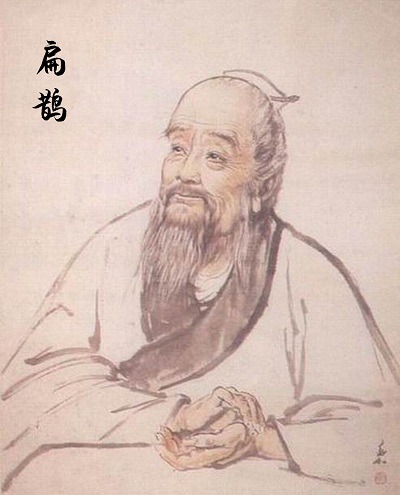 Bian Que (407 – 310 BC), originally named Qin Yueren, is one of the most famous doctors in ancient China. He lived during the Spring and Autumn and the Warring States Period and was a highly – skilled doctor. He was good at diagnosis and treatment, especially skilled in feeling pulse and acupuncture. It was believed that the TCM classic work NanJing (Classic on Disorders, ) was compiled by Bian Que.
Bian Que (407 – 310 BC), originally named Qin Yueren, is one of the most famous doctors in ancient China. He lived during the Spring and Autumn and the Warring States Period and was a highly – skilled doctor. He was good at diagnosis and treatment, especially skilled in feeling pulse and acupuncture. It was believed that the TCM classic work NanJing (Classic on Disorders, ) was compiled by Bian Que.
2. Hua Tuo 华佗 (140–208)
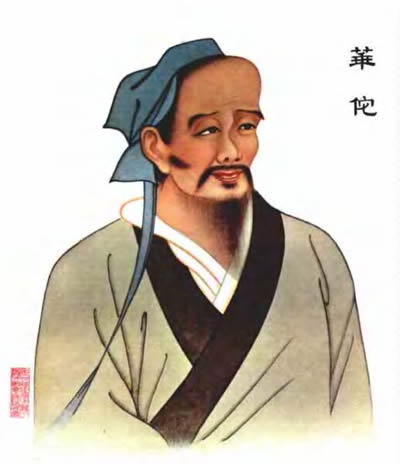 Hua Tuo was an ancient Chinese physician who lived during the late Han Dynasty and Three Kingdoms era. It was recorded that he was the first person in China to use anesthesia during surgery. He developed a kind of anesthetic called mafeisan, which is a mixture of wine and herbal medicines. He also created the Wuqinxi or “Five Animals Play” from imitating movements of the five animals – tiger, deer, bear, ape, and crane.
Hua Tuo was an ancient Chinese physician who lived during the late Han Dynasty and Three Kingdoms era. It was recorded that he was the first person in China to use anesthesia during surgery. He developed a kind of anesthetic called mafeisan, which is a mixture of wine and herbal medicines. He also created the Wuqinxi or “Five Animals Play” from imitating movements of the five animals – tiger, deer, bear, ape, and crane.
3. Zhang Zhongjing 张仲景 (150—219)
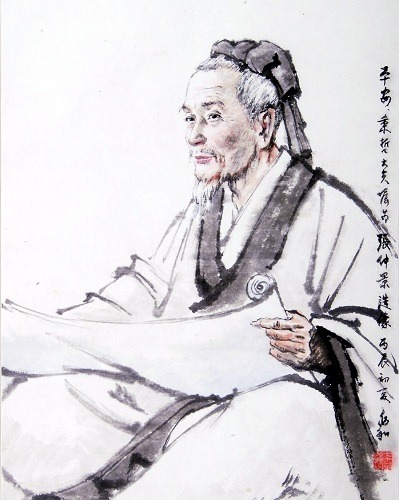 Zhang Zhongjing (150—219), was one of the most prominent Chinese physicians during the Han Dynasty. He summed up previous medicinal experience and established therapeutic principles in TCM. His medical book “Shānghán Zábìng Lùn” or known as “Treatise on Cold Pathogenic and Miscellaneous Diseases” made great contribution to traditional Chinese medicine and he is often regarded as the sage of Chinese medicine.
Zhang Zhongjing (150—219), was one of the most prominent Chinese physicians during the Han Dynasty. He summed up previous medicinal experience and established therapeutic principles in TCM. His medical book “Shānghán Zábìng Lùn” or known as “Treatise on Cold Pathogenic and Miscellaneous Diseases” made great contribution to traditional Chinese medicine and he is often regarded as the sage of Chinese medicine.
4. Huang Pumi 皇甫谧 (AD 265 – 420)
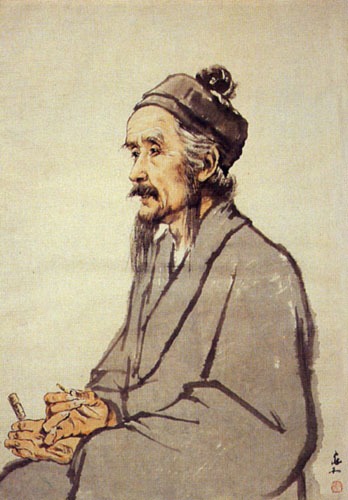 Huang Pumi was a master of Chinese acupuncture treatment, His famous medical book “Zhen Jiu Jia Yi Jing” (The Fundamental Principles of Acupuncture) summarizes acupuncture skills before Jin Dynasty, which has made an indelible contribution to acupuncture as well as the development of the Chinese medical industry.
Huang Pumi was a master of Chinese acupuncture treatment, His famous medical book “Zhen Jiu Jia Yi Jing” (The Fundamental Principles of Acupuncture) summarizes acupuncture skills before Jin Dynasty, which has made an indelible contribution to acupuncture as well as the development of the Chinese medical industry.
5. Ge Hong 葛洪 (283–343)
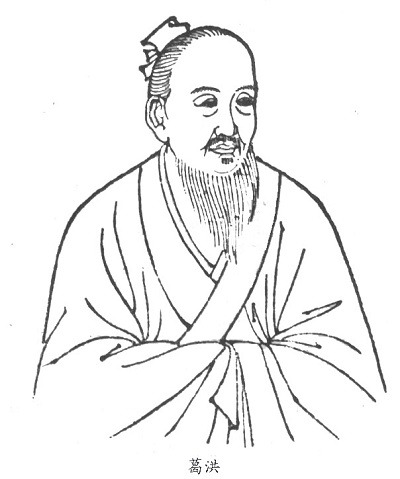 Ge Hong was a physician, naturalist and pharmaceutical chemist and Daoist in Jin Dynasty. He not only developed the theory of Taoism but also made great contribution to medicine, music, literature and others. He enjoys a high status in the history of Chinese medicine and science.
Ge Hong was a physician, naturalist and pharmaceutical chemist and Daoist in Jin Dynasty. He not only developed the theory of Taoism but also made great contribution to medicine, music, literature and others. He enjoys a high status in the history of Chinese medicine and science.
6. Sun Simiao 孙思邈 (540–682)
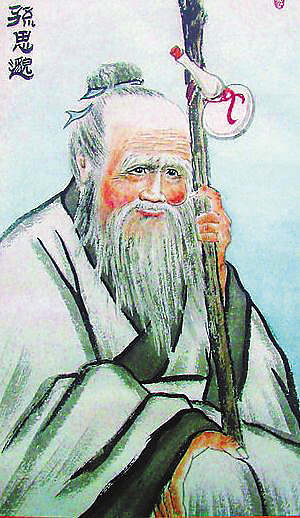 Sun Simiao was a traditional Chinese medicine doctor who lived in the Sui and Tang dynasty. He was called “King of Medicine” for his great contributions to Chinese medicine. Sun wrote two TCM classics – Bei Ji Qian Jin Yao Fang
Sun Simiao was a traditional Chinese medicine doctor who lived in the Sui and Tang dynasty. He was called “King of Medicine” for his great contributions to Chinese medicine. Sun wrote two TCM classics – Bei Ji Qian Jin Yao Fang and Qian Jin Yi Fang
– the two books summarized the pre Tang Dynasty medicine and both were milestones in the development of Chinese medicine.
7. Qian Yi 钱乙 (around 1032 to 1113)
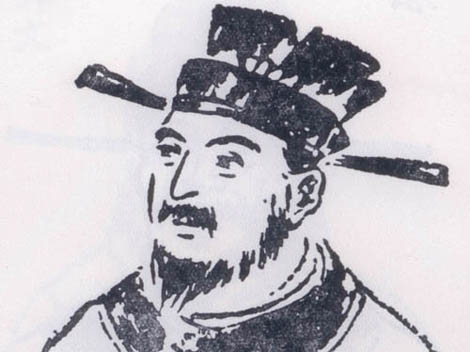 Qian Yi was a famous pediatric doctor during the Northern Song Dynasty. His work “The Key to Therapeutics of Children’s Diseases” was the first pediatric book in China, which sums up treatment methods for different pediatric syndromes. The book was regarded as a classic pediatric work and he was honored as “the Sage of Pediatrics” by later generations.
Qian Yi was a famous pediatric doctor during the Northern Song Dynasty. His work “The Key to Therapeutics of Children’s Diseases” was the first pediatric book in China, which sums up treatment methods for different pediatric syndromes. The book was regarded as a classic pediatric work and he was honored as “the Sage of Pediatrics” by later generations.
8. Zhu Zhenheng 朱震亨 (1280-1358 A.D.)
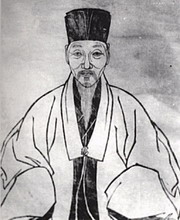 Zhu Zhenheng was believed to be the founder of the nourishing kidney and liver. He believed that debility of the yin essence was important to people’s health. He thought that chronic disease was mainly caused by overindulgence in pleasurable things and activities and advised temperance nourishing the kidney and liver.
Zhu Zhenheng was believed to be the founder of the nourishing kidney and liver. He believed that debility of the yin essence was important to people’s health. He thought that chronic disease was mainly caused by overindulgence in pleasurable things and activities and advised temperance nourishing the kidney and liver.
9. Li Shizhen 李时珍 (1518 – 1593)
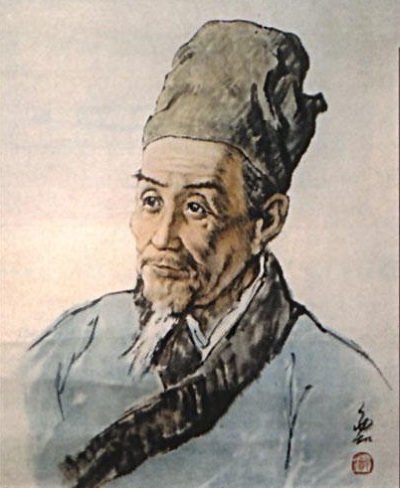 Li Shizhen was a great herbalist and acupuncturist in Chinese medicine history. His major contribution to medicine was his masterpiece Compendium of Materia Medica (Bencao Gangmu)
Li Shizhen was a great herbalist and acupuncturist in Chinese medicine history. His major contribution to medicine was his masterpiece Compendium of Materia Medica (Bencao Gangmu), which was the most complete and comprehensive medical book ever written in Chinese TCM history.
10. Ye Tianshi 叶天士 (1667-1746)
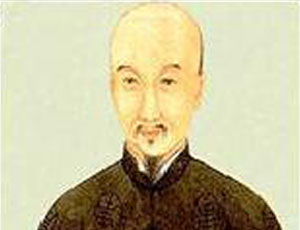 Ye Tianshi was a great medical expert in Chinese history. His theories on seasonal febrile diseases greatly helped Chinese doctors today to deal with SARS that occurred in 2003. Ye had clearly defined diseases capable of causing an epidemic from others, which help people identify better ways to treat them.
Ye Tianshi was a great medical expert in Chinese history. His theories on seasonal febrile diseases greatly helped Chinese doctors today to deal with SARS that occurred in 2003. Ye had clearly defined diseases capable of causing an epidemic from others, which help people identify better ways to treat them.

